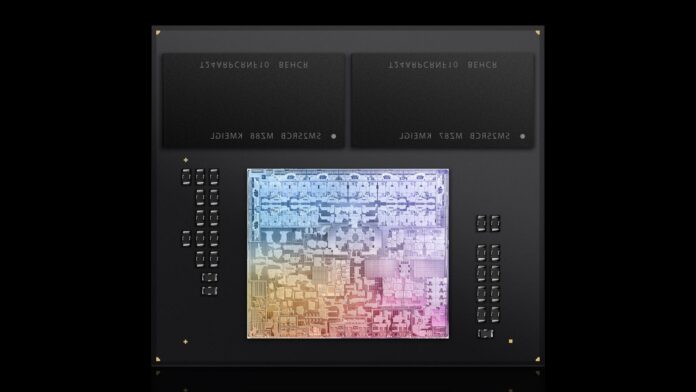An Apple executive recently revealed in a talk about 8GB on the latest MacBook Pros, or 16 more of all those used by regular PC. Apple’s memory architecture is also good for performance, but it wont substitute raw capacity. These new benchmarks, courtesy of Max Tech show that 8GB significantly affect Apple’-newest M3 processor performance.
Anyone who can learn hardware properly knows that adding more memory is better for multitasking and specialized workloads like professional applications or content creation. Apple asserts that 8GB is “analogous” to 16G on Windows, so it’d be difficult in its opinion. Neither apple nor orange can’t distinguish between eight and eight feet tall from the apple itself! Without doubt there is a performance delta between 8 and 16GB, but what exactly the question of that sort will be? Max Tech recently compared the 8GB and 16TB versions of its 14-inch MacBook Pro to expose how much impact that additional 828 can be.
The performance was visible starting with Cinebench 2024 where the 16-GB configuration delivered 11 percent higher multicore performances than 828. And memory increases, especially when browsing performance plays a positive role. As measured with Speedometer, the 16GB case offered 19% more performance than it was on 802.
Not all benchmarks can also run properly using the 8GB model. Max Tech reported a crash in Blender and Final Cut Pro during some export operations. There were some options available because of the lack in memory. For example, Blender’s ray-tracing acceleration was only accessible on the 16GB model. The unified memory has the ability to use CPU, GPU and Neural Engine at one end so that only CPUs can access those same memory pool. The system turns to a SSD swap file when there’s not enough memory. Several workloads included the exchange file usage of up to 5,6GB on this 8-bit model.
Apple M3 Benchmarks.
Swipe to scroll horizontally. 7-inch MacBook ProCinebench 2024 MultiCoreSpeedometerSyncriatic XLR Classic with 5 tabs*Final Cut A (42K PRORe) *Final Cut P4 (4K PCP/RSR+5), +Photoshop (20MP).
*Lower is better.
Multitasking significantly hampered the M3 performance with 8GB left. The eight-bed model, with an 8GB format and a performance of 3:47. Factoring in five browser tabs increased the completion time by 12%, and having 20 versions reduced it to almost 3X. The 16GB model on the other hand didn’t fit a little. There were five or 20 tabs, so was it finally here in 1:06. It was an impressive show in the M3, given that it had only a 34% slower beat than one from previous to present, but later.
In a direct comparison of the 8-GB and 16G M3, both, they achieved the Lightroom Classic benchmark in 45% or 79% less time with five to 20 browser tabs respectively.
If we don’t put multitasking into the mix, the 8GB configuration would have held its own so long as workloads weren’ten widened. The 8GB model used only six months to convert ProRes RAW 4K. In contrast to the 4K MC that supports 8-kHz operation, 16GB was faster than his eighteenth generation. In Photoshop, 8GB model lasted 421.25% longer than 16TB model to photo-recognise eight fifty.
The 14-inch MacBook Pro, which has 8GB of memory and retails for $1599 is acceptable to a young consumer who can’t work with professional equipment like the heavy multitasker. I don’t think that you are a professional. However, one would really need an app for work with your computer at all costs of the time and money! In that case, it’s important to jump up the 16GB level even if this means paying Apple another $200 or losing 4X of its performance.
